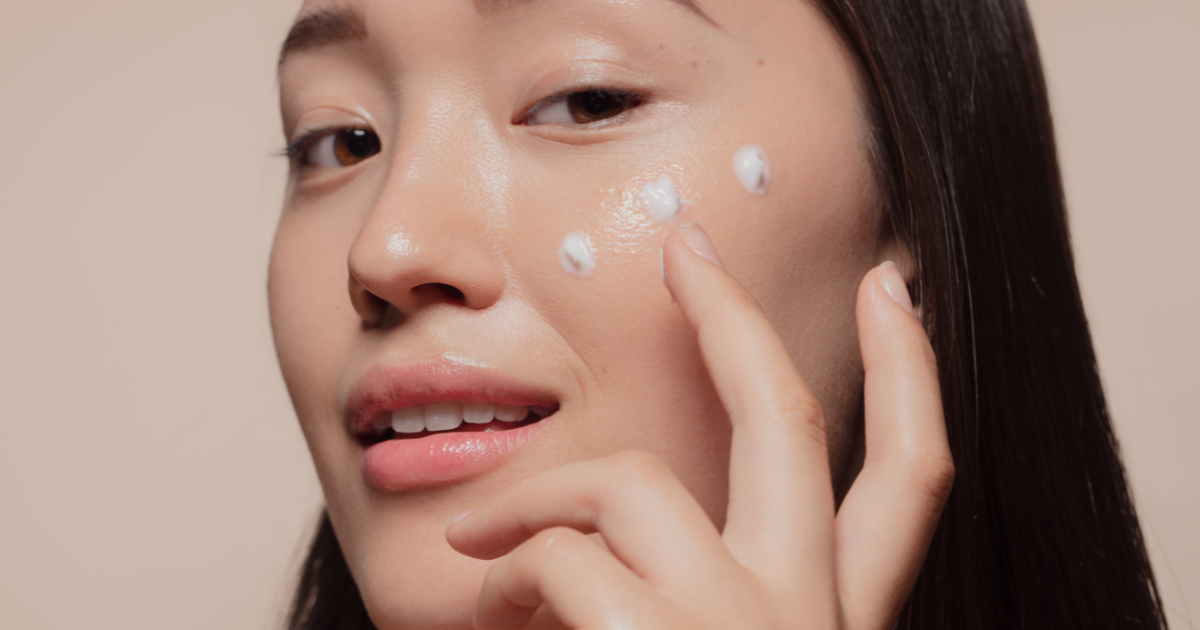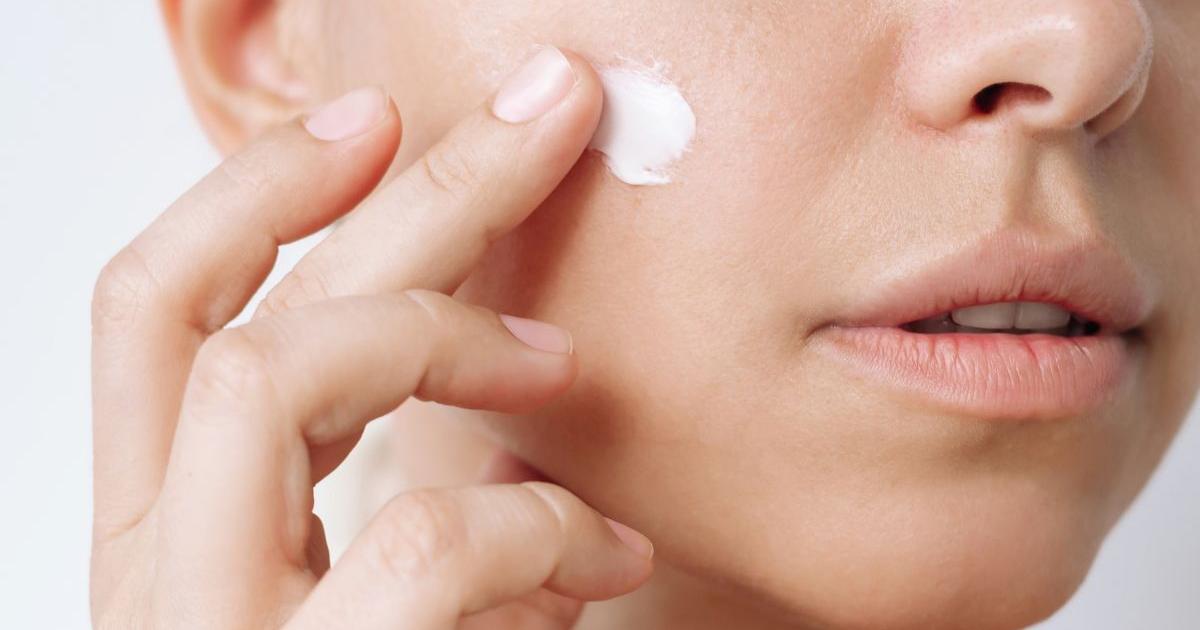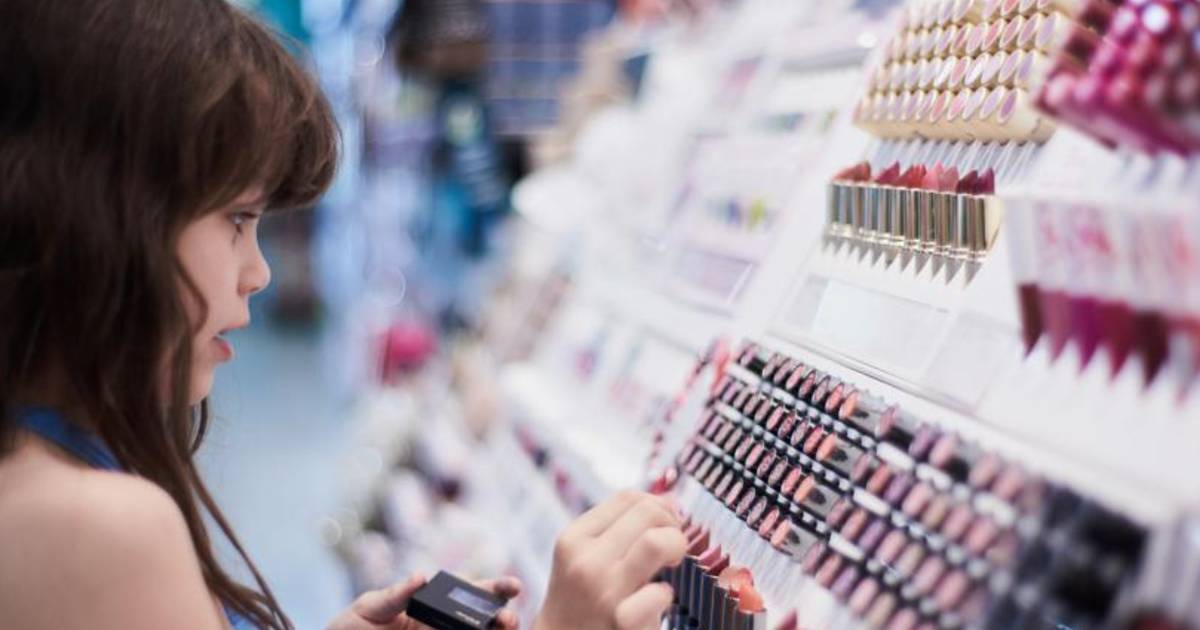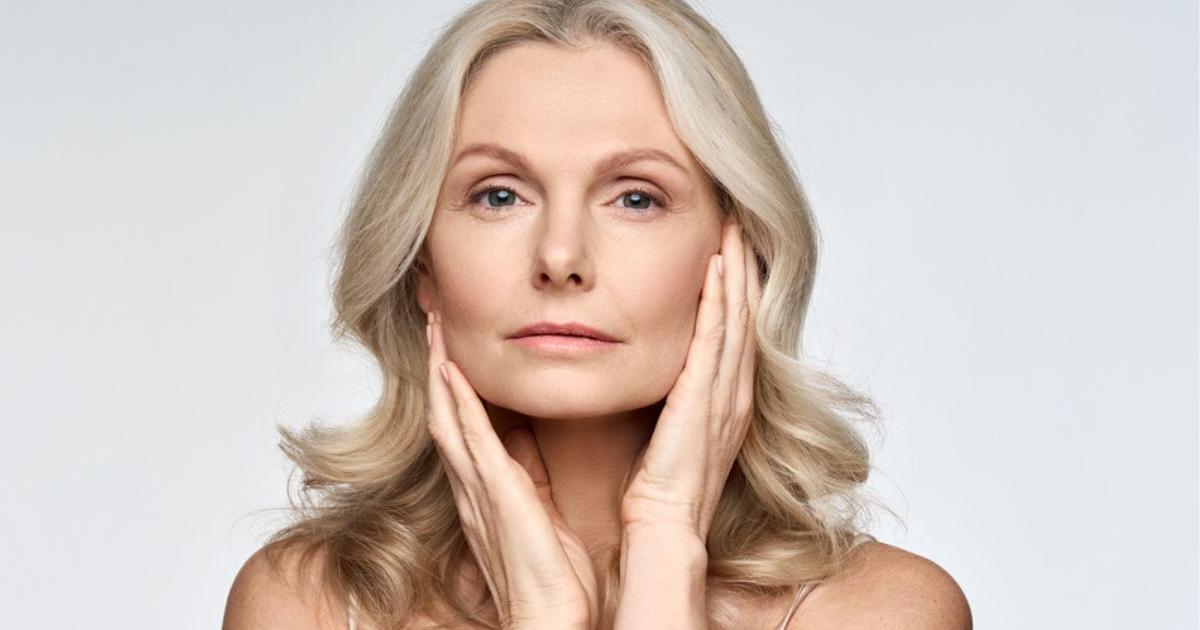Glow.
According to the dictionary of the Spanish language, it is the light that a body emits or reflects.
To shine
also means, referring to a person, to excel in talent or beauty.
In recent years, achieving a glowing effect on the skin has become the latest obsession born among users of social networks and subsequently absorbed and returned by the beauty and cosmetics industry in the form of products —from the cocktail of vitamins to the vitamin C serum, the creams with
a glow effect
or products such as the
highlighter
or illuminator— that promise to achieve radiant, luminous or glowing skin.
The shine is also the antithesis of the trends in terms of makeup and facial care that triumphed in the past decade, whose maximum representation was
contouring
.
This heavy makeup technique, which exploded thanks to (or because of) the Kardashians and the growth of Instagram, consisted of covering up defects and enhancing virtues through color games with points of light and shadows that required a detailed application ritual. , as well as a wide variety of products in the toiletry bag.
Brightness is also one of the most disconcerting trends, a word as evocative as it is diffuse that, more than a concrete result, represents a promise: to radiate light.
Although we are often unaware, fashion and aesthetic trends often function as mirrors that reflect the current sociocultural moment.
If we start from this premise, what does the brightness reflect?
More information
Kylie Jenner and her false washed face or how to reaffirm the myth of beauty through the natural
"The effect of shine is closely linked to the idea of youth and freshness," explains Hillary Belzer, founder and curator of the Makeup Museum, a space dedicated to the preservation, research and exhibition of cosmetics from Baltimore, Maryland (USA). antiquity to the 21st century.
"In this sense, there are two fundamental aspects that have caused the trend to explode in recent years: the first is the negative effect that 'anti-aging' or 'anti-aging' labels have on cosmetic products."
At a time when female empowerment is also used to sell body creams, the beauty industry can no longer afford to send the message that aging is a bad thing, so it looks for synonyms that still correspond to the same idea in a veiled way. , as 'youthful glow'.
The second aspect has to do with the effects derived from the pandemic and the growing interest in health, which in terms of beauty translates into a search for a healthy appearance: “Shine is also related to health and vitality, since, In the end, it represents the opposite of being sick, tired and looking like you've been stuck at home all day,” Belzer explains.
The historian Laura Fitzachary, specialized in the history and evolution of cosmetics, is of the same opinion: "On the one hand, there is the growing interest in a healthy lifestyle derived from the pandemic, translated into eating better, exercising or sleeping the night away." necessary hours of sleep, which has been transferred to an aesthetic in keeping with this lifestyle.
In the end, there is no greater 'glow' than the one we have after doing some exercise in the morning”,
the expert points out.
But she also adds other reasons: the rise of teleworking and the changes in the rhythm of life, where the day has gained weight over the night and dense makeup, more appropriate for nightlife, has less place in the new normality.
In the words of the expert: "Why are you going to spend 45 minutes applying the technique of
contouring
if that day you are only going to have a 10-minute Zoom, in which maybe you don't even have to turn on the camera?
A model poses with several of the trends of the moment: platinum blonde hair and makeup that is characterized by facial glow. Larysa Vdovychenko (Getty Images)
If
contouring
was the trend that was born from Instagram's own standards of perfection and aspirationality, the 'gloss effect' is also nourished by the universe of screens and the effects produced by looking through the camera, but adopting a more personal philosophy. from TikTok: a more realistic look, which rewards spontaneity and naturalness, both in form and content.
“
Contouring
was a technique that looked great in photos, but not so great in video,” explains Hillary Belzer.
“Young millennials and
zoomers
have grown up surrounded by effects, from programs like Photoshop to easy-to-use apps like Facetune to Instagram filters.
The
shine effect
it adapts better to movement and, furthermore, it is easier to create”, he adds.
Both experts believe that the abuse of filters and dense makeup techniques used before the pandemic completely forgot what natural skin looks like, which usually has wrinkles, expression lines, redness, pimples and other imperfections: "High definition photography brought us techniques of makeup that blended, covered or better covered any texture that our skin had”, says Laura Fitzachary.
On TikTok, heavily edited videos are less successful than those that look more natural.
The idyllic face on Instagram is far from the desirable face on TikTok.
There are many products that have influenced the rise of glitter ―such as Vaseline, traditionally used in film and fashion photography;
the blush or
blush
, in charge of providing that natural blush to the cheeks;
facial oils or illuminators― but, without a doubt, one of the great precursors of this trend in the West has been the irruption of the 10-step Korean beauty routine that brought trends such as Dolphin skin (dolphin skin
)
or
glass skin
(crystal skin): “In Asian countries, traditionally and today, the trend is 'skin first, makeup second.'
While in Western countries, perhaps with the sole exception of France, the trend has been the other way around”, explains Hillary Belzer.
“However, now, partly due to the breadth of knowledge that the internet has provided us and partly due to the trend towards personal self-care, these rituals have become popular and we have integrated them into our daily lives.
Now we prefer to take care of the skin first rather than cover it with makeup, ”she admits.
Lightness has always been desirable.
And highly sought after: “Coincidentally, another historical moment in which there was enormous interest in the search for luminosity in the face was in 1950, when makeup techniques designed to obtain better results on camera began to be used on the sets of filming of Hollywood movies”, argues Laura Fitzachary, who considers that, before social networks, many cosmetic trends were already highly related to the screens.
But before, there were already texts of cosmetic advice that spoke of that "you don't know what": "There is a text from 1858 signed by Lola Montez, Countess of Landsfeld, in which she said that 'brightness is the final touch of all good lady'.
To achieve that shine, the countess recommended 'temperance, exercise and grooming',
something that wouldn't separate her from the girls we see now on TikTok giving healthy lifestyle advice."
History tends to repeat itself.
Also in cosmetics.






/cloudfront-eu-central-1.images.arcpublishing.com/prisa/34VDHFBST5DFLDSXFEQEZRVRBI.jpg)








